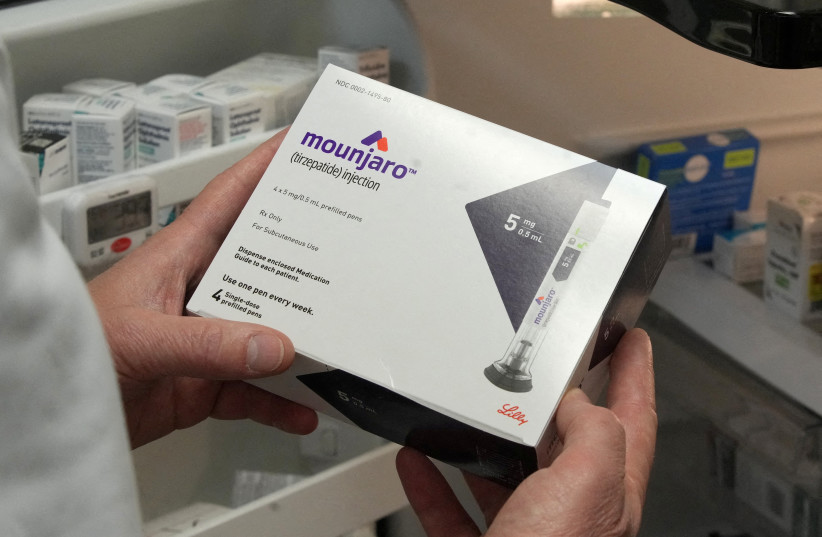Drugs designed to aid weight loss have become popular in recent months, and while the best known of them is probably Ozempic, there's also Wegovy and Saxenda.
Now another drug called Mounjaro has been added to the race, and although it has not yet received FDA approval, but the approval process is underway. So how does each of them work, and what are the side effects and differences between the drugs?
Ozempic, Saxenda and Wegovy: all three are name brands for the generic drug Semaglutide, which simulates the activity of the protein GLP-1 that is naturally present in the human body. The protein works in different mechanisms, the main one is increasing the secretion of insulin, which reduces blood sugar. It also reduces the feeling of hunger and slows down bowel movement.
What's the difference between them?
The first was approved for use in 2017 to treat diabetes, the second was for obesity and the third was approved in 2021, also to treat obesity. But they're essentially the same drug and have all been found effective in studies both in reducing weight and in controlling diabetes. So what's the difference? The answer is in doses.

While Ozempic is available in doses of 0.25, 0.5 and 1 milligram, Wegovy can also be found in doses of 1.7 and 2.4 mg. Both are usually injected into the patient, starting with the lowest dose once a week and gradually increasing the dose. Saxenda is essentially Wegovy but is administered in the form of a daily injection, which is of course much less convenient for patients.
How long is the treatment and how many doses?
The duration of treatment is actually determined by the patient's response. In a study published in 2021, dose therapy was applied as 0.25 mg per week with a dose increase every 4 weeks up to the maximum dose of 2.4 mg per week. The treatment within the study lasted 68 weeks of treatment + seven weeks of follow-up after stopping the treatment.
Subjects who used semaglutide along with behavioral therapy and diet support for the first eight weeks lost 16% of their weight, compared to the subjects who received a placebo and only lost 5.7% of their weight.
What are the side effects?
Side effects of these drugs can include nausea, vomiting and diarrhea. In combination with other medications for diabetes, they may cause incidents of hypoglycemia (low blood sugar). More serious side effects that require a doctor's exam include the worsening of some eye diseases and, more rarely, inflammation of the pancreas.
In patients, sugar levels that may drop and cause hypoglycemic events should be closely monitored. These may become even worse with the consumption of alcoholic beverages so one shouldn't drink those.
What is the new drug?
Mounjaro, or by its generic name Tirzepatide, has been tested in studies for treating obesity and type 2 diabetes. This drug also mimics the protein GLP-1 and another protein called GIP. The latter contributes to the feeling of satiety and reduces the deposition of lipids in the blood.
The main novelty of this drug is that it demonstrated in studies the most significant weight reduction among the drugs: 21 to 22.5% weight loss at its highest dose. These percentages are similar to those of bariatric surgery. In October 2022, it entered the fast track for FDA approval and is expected to receive approval later this year to treat obesity.
